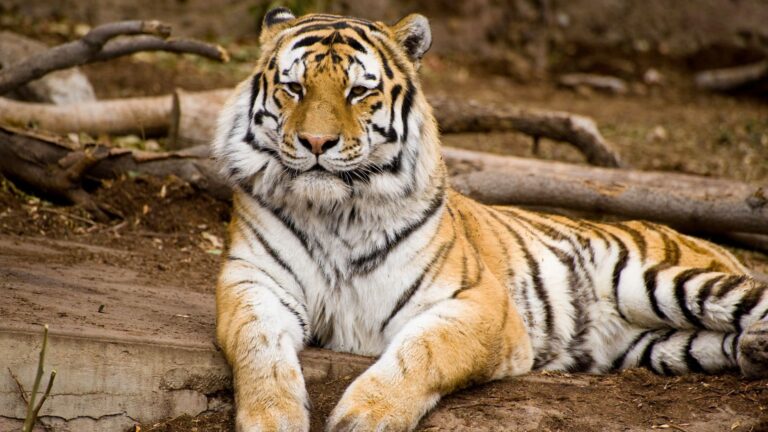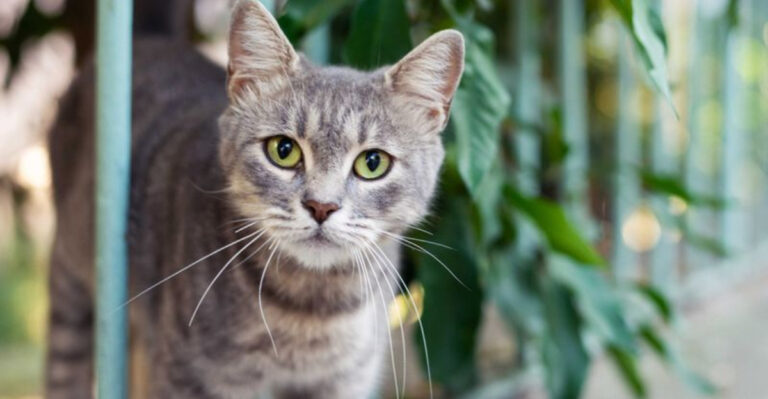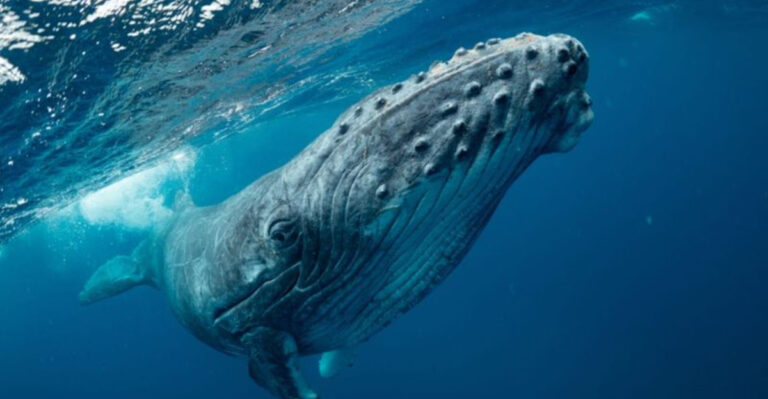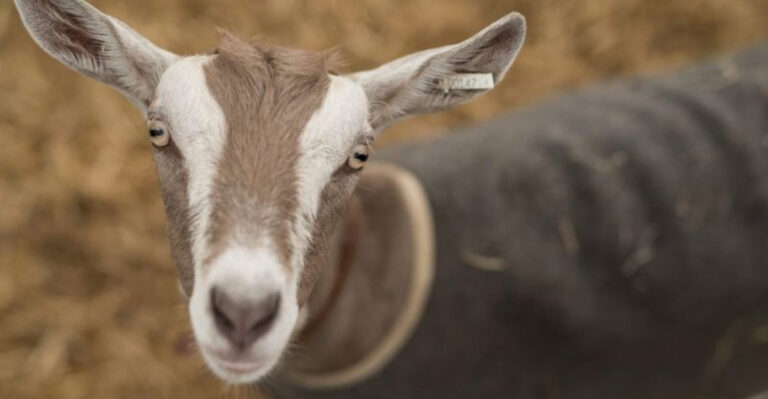These Are The Smallest Reptiles Ever Spotted In The U.S.
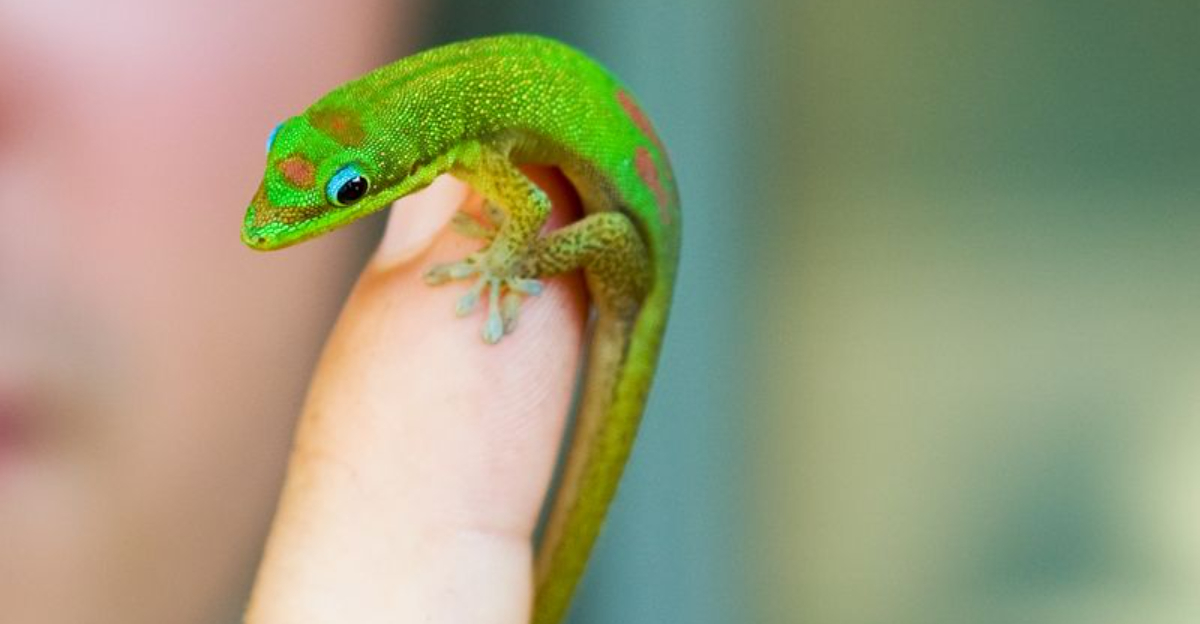
In the world of reptiles, size isn’t everything. Across the vast and varied landscapes of the United States, some of the tiniest reptiles thrive, each with its own unique charm and story.
From the swamps of Florida to the deserts of Arizona, these miniature marvels captivate with their diminutive size and intriguing behaviors.
Join us on a journey across states as we explore the smallest reptiles ever spotted, each one a testament to the incredible diversity of life. Prepare to be amazed by the little creatures that call the U.S. home. Let’s embark on this delightful journey!
1. Florida Scrub Lizard
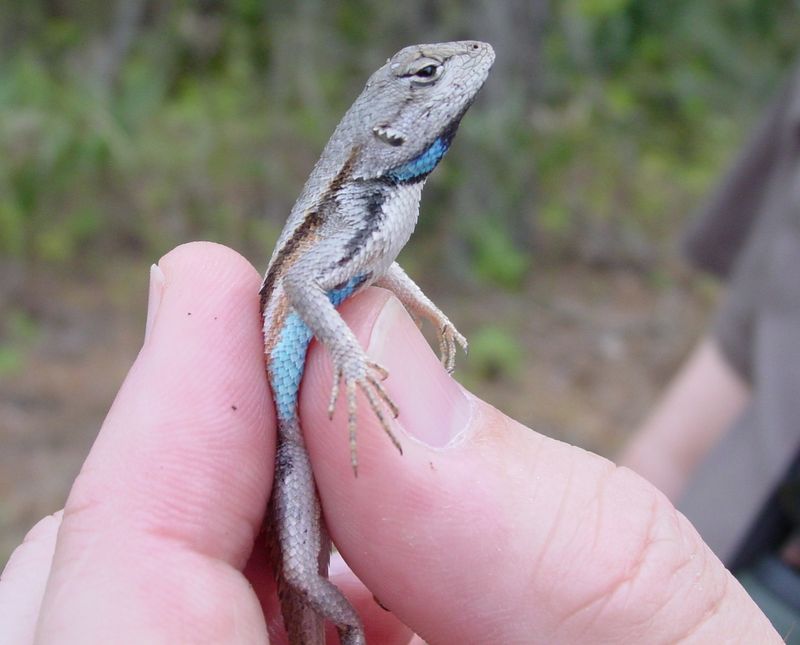
The Florida Scrub Lizard, one of the smallest reptiles in the U.S., measures a mere two inches in length. Found exclusively in the scrub habitats of Florida, this tiny creature is an expert at blending in with its environment. Its sand-colored scales make it nearly invisible against the dry, sun-baked earth. Surprisingly agile, it darts swiftly between clumps of scrub, evading predators with ease.
Its survival is a testament to the resilience and adaptability of small reptiles in changing environments. Conservation efforts aim to protect its limited habitat, ensuring this tiny lizard’s continued presence in Florida’s ecosystem.
2. Texas Banded Gecko
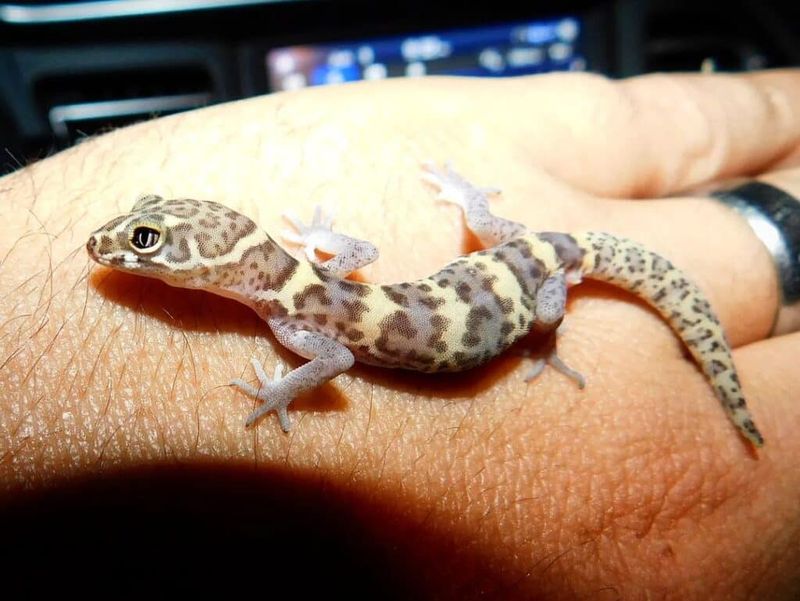
In the heart of Texas, the Banded Gecko makes its home. This reptile, though small, is striking with its colorful banded pattern. Measuring just three inches, it thrives in rocky areas, hiding under stones by day and emerging at night to hunt.
Its large eyes, adapted for nocturnal vision, spot prey swiftly. The Banded Gecko is a master of camouflage, its bands breaking up its outline against the rugged landscape. Despite its size, it plays a vital role in controlling insect populations, demonstrating how even the tiniest creatures can have a significant ecological impact.
3. Arizona Night Lizard
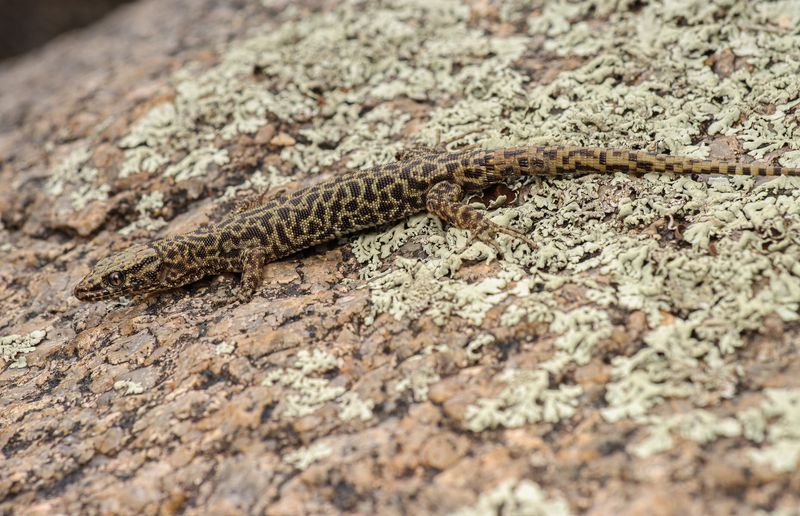
In the arid deserts of Arizona, the Night Lizard emerges after dusk. This small reptile, no more than 2.5 inches, is a study in survival. Its smooth scales glisten under the moonlight as it moves stealthily among the rocks.
The Night Lizard is a solitary creature, relying on its keen senses to navigate the harsh desert terrain. Its diet consists primarily of small insects, which it expertly hunts in the cover of darkness. This lizard’s ability to thrive in such a challenging environment showcases the remarkable adaptability of small reptiles in the wild.
4. California Legless Lizard
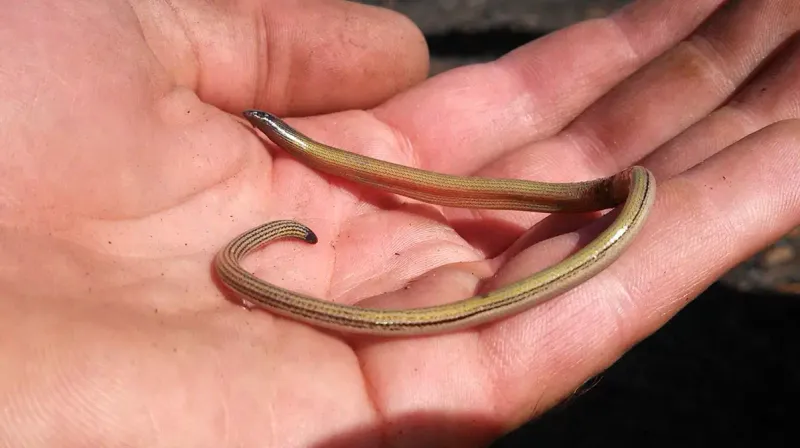
The California Legless Lizard is an enigmatic inhabitant of the Golden State. Despite its name, it is not a snake but a lizard, a distinction marked by its eyelids and external ear openings. At around four inches, it resembles a shiny earthworm, often mistaken for one by unsuspecting hikers.
This legless wonder burrows beneath sandy soils, a behavior that provides protection from predators and extreme temperatures. Its elusive nature makes sightings rare, but those lucky enough to encounter it are left with a sense of wonder at this unique reptile’s understated elegance and survival strategies.
5. Kansas Prairie Lizard
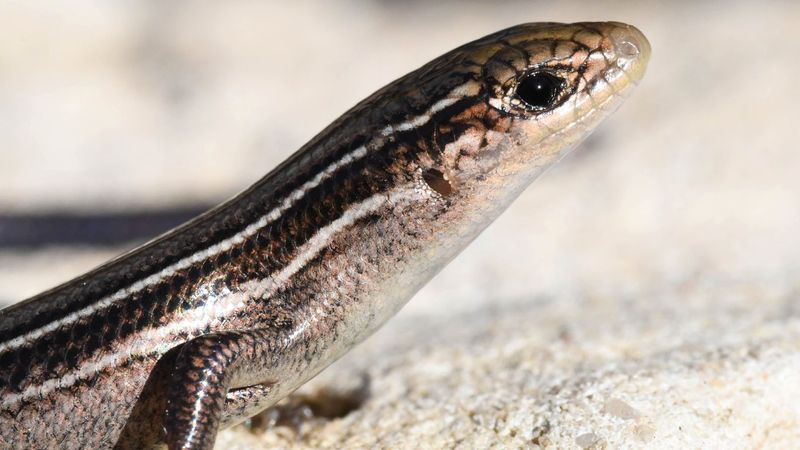
Amidst the vast grasslands of Kansas, the Prairie Lizard makes its presence known. This small reptile, measuring roughly three inches, thrives in open, grassy areas. Its coloration, a mosaic of grays and browns, provides excellent camouflage among the prairie’s vegetation.
The Prairie Lizard is an active forager, darting quickly through the grass in pursuit of insects. Its speed and agility are vital for both hunting and evading predators. As the sun sets, it retreats to its burrow, a safe haven until the next day’s adventures. This lizard embodies the spirit of the prairies, resilient and unyielding.
6. New York Eastern Fence Lizard
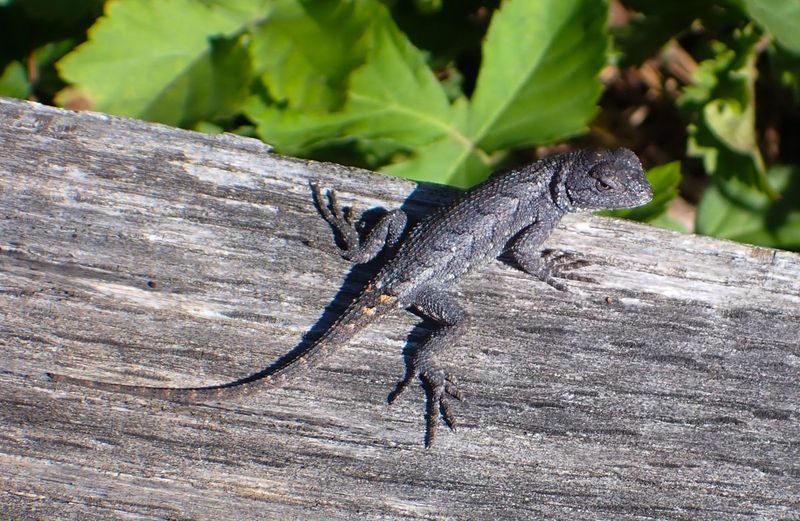
Nestled in the gardens and woodlands of New York, the Eastern Fence Lizard thrives. This small reptile, approximately three inches in length, is a master climber, often seen scaling fence posts and tree trunks. Its rough, spiny scales offer protection from predators and a firm grip on surfaces.
The Eastern Fence Lizard is an insectivore, its diet consisting mainly of ants and beetles. Its presence in gardens is beneficial, as it helps control pest populations. This lizard’s adaptability to suburban environments highlights the coexistence of nature and urban life, a testament to the resilience of small reptiles.
7. Nevada Desert Horned Lizard
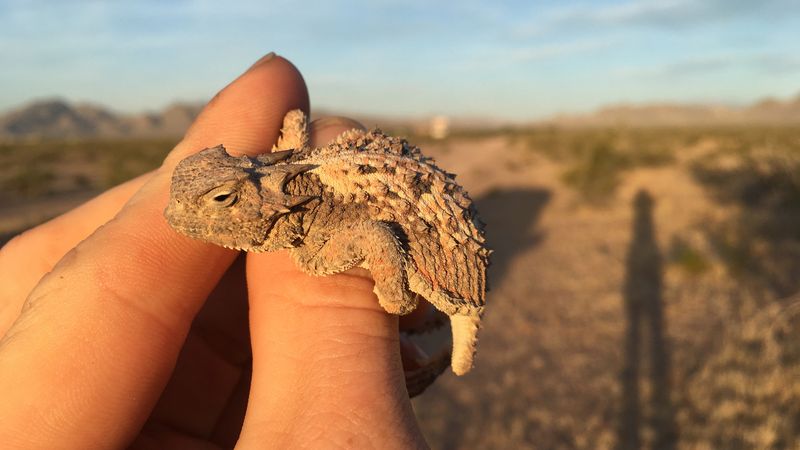
In the sun-drenched deserts of Nevada, the Desert Horned Lizard reigns supreme. This tiny reptile, only two inches long, is a marvel of desert adaptation. Its spiny scales serve as armor against predators, while its horned head gives it a fierce appearance.
The lizard’s coloration blends seamlessly with the sandy terrain, an effective camouflage against both predators and prey. Its diet consists mainly of ants, which it catches with lightning-fast reflexes. This lizard’s ability to thrive in such a harsh environment is a testament to the resilience of small creatures in the face of adversity.
8. Louisiana Green Anole
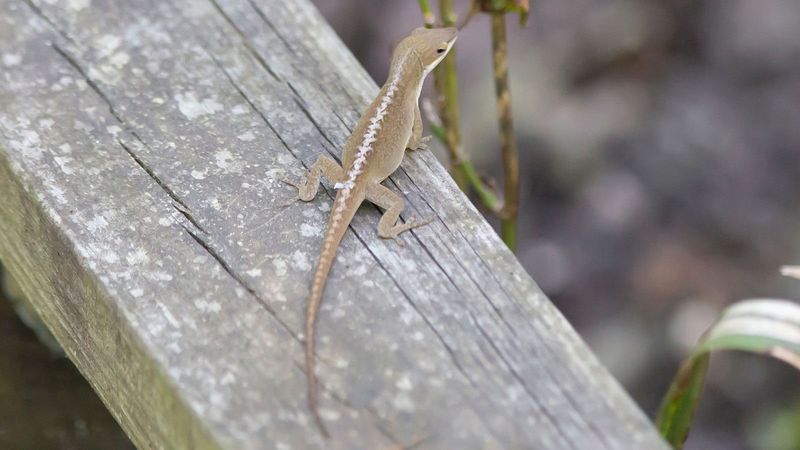
In the lush greenery of Louisiana, the Green Anole is a common sight. This small reptile, around 3.5 inches in length, is known for its vibrant green color, which it can alter to brown as needed. This color-changing ability is not just for camouflage but also for communication with other anoles.
Its long, slender body and agile movements make it an adept climber, often found on trees and shrubs. The Green Anole’s diet consists of small insects, which it captures with remarkable speed. Its presence in gardens and forests contributes to the ecological balance, showcasing the importance of small reptiles.
9. Alabama Six-lined Racerunner
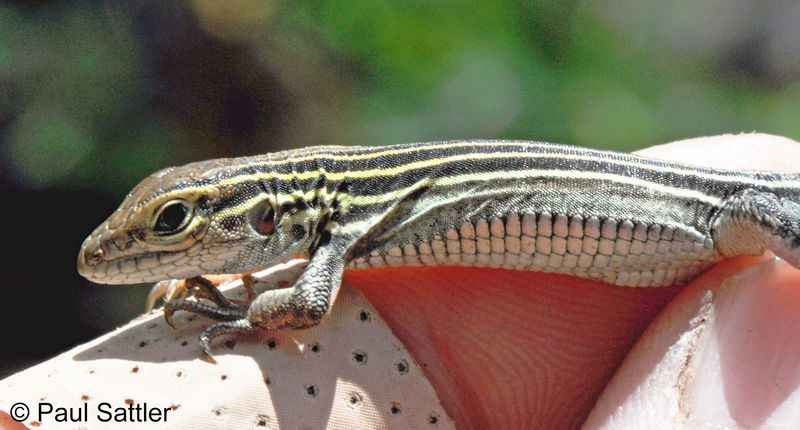
The Six-lined Racerunner is a master of speed in Alabama’s sandy terrains. Measuring around three inches, this lizard is built for quick bursts of speed, a necessity for both hunting and evading predators. Its sleek body, adorned with six distinct stripes, is perfectly designed for movement.
The Racerunner’s diet consists of small insects, which it pursues with vigor. Its speed and agility make it a formidable hunter despite its small size. The Racerunner’s presence in Alabama’s ecosystems highlights the diversity and adaptability of small reptiles, showcasing their role in maintaining the balance of nature.
10. Delaware Northern Coal Skink
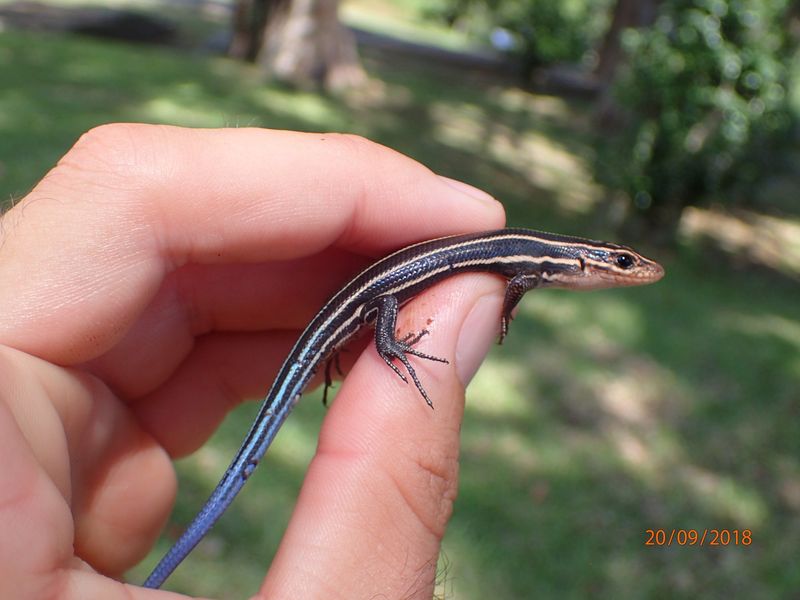
Hidden among Delaware’s rocky landscapes, the Northern Coal Skink makes its stealthy appearance. At about four inches long, its shiny dark scales offer perfect camouflage against coal-black stones. This small skink is a secretive creature, often found basking in sunlit clearings or hiding under rocks.
Its diet primarily consists of insects and spiders, contributing to its role in controlling pest populations. The Northern Coal Skink’s elusive nature makes it a rare sight, but those who do encounter it are left with a sense of admiration for its subtle beauty and the quiet role it plays in its ecosystem.
11. Tennessee Little Brown Skink
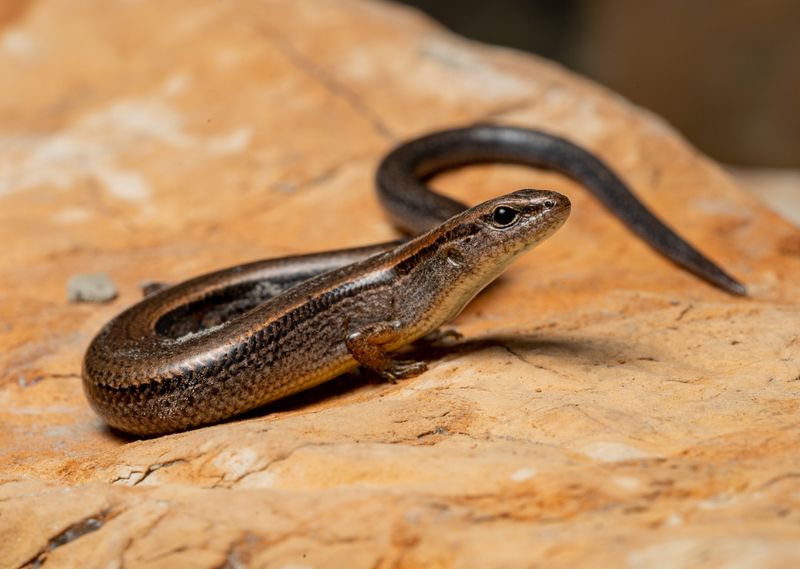
In the forests of Tennessee, the Little Brown Skink scurries through the underbrush. Measuring a mere three inches, it is one of the smallest reptiles in the state. Its shiny, brown scales reflect the dappled sunlight filtering through the trees, providing excellent camouflage among the fallen leaves. This skink is a ground dweller, rarely climbing trees, but it moves with astonishing speed.
Its diet consists of small insects, which it hunts with precision. The Little Brown Skink’s presence in Tennessee’s forests adds to the rich biodiversity, highlighting the essential roles even the smallest creatures play in nature’s tapestry.
12. Georgia Southeastern Five-lined Skink
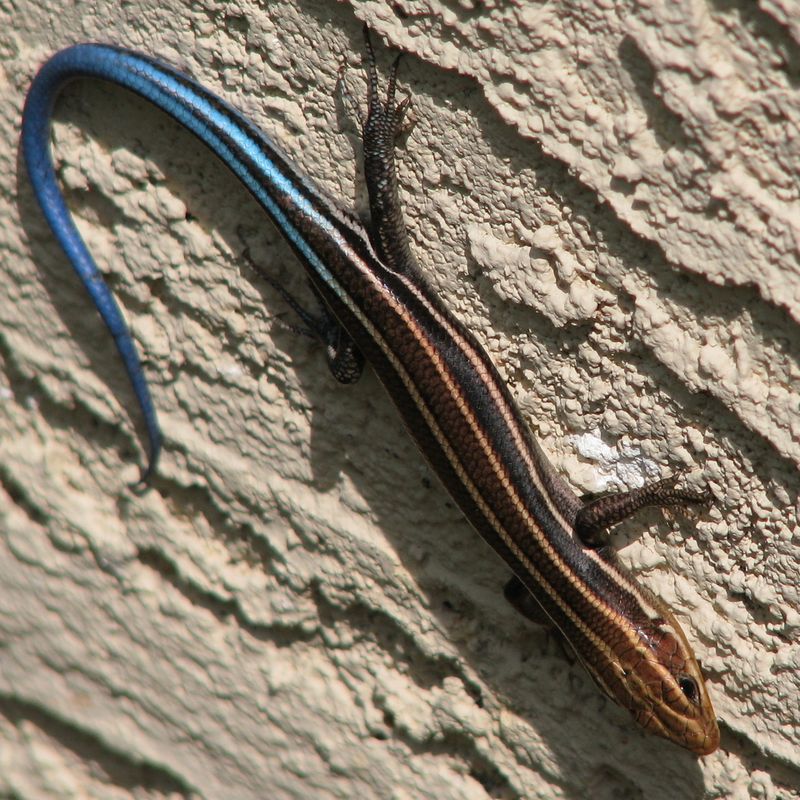
In Georgia’s pine forests, the Southeastern Five-lined Skink is a vibrant spectacle. This small reptile, roughly 3.5 inches long, is renowned for its vivid blue tail, a feature that fades as it matures. Its body is marked with five distinct lines, adding to its striking appearance.
This skink is an agile climber, often spotted basking on logs or darting up tree trunks. Its diet includes insects, spiders, and other small invertebrates. The Southeastern Five-lined Skink’s presence underscores the rich diversity of Georgia’s ecosystems, emphasizing the importance of small reptiles in maintaining ecological harmony.
13. Hawaii Gold Dust Day Gecko
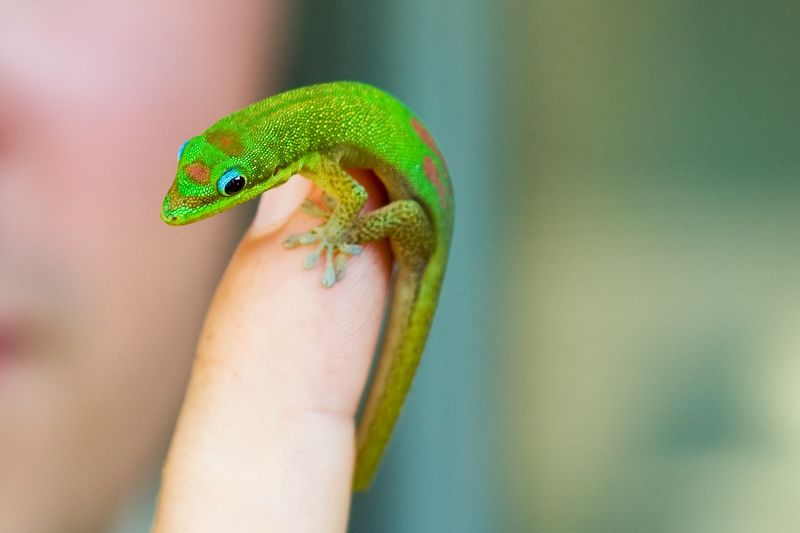
Amidst Hawaii’s lush landscapes, the Gold Dust Day Gecko catches the eye with its vibrant coloration. Measuring approximately four inches, this small reptile is adorned with golden speckles that shimmer in the sunlight. Unlike many geckos, it is active during the day, often seen basking on tropical foliage. Its sticky toe pads enable it to climb smooth surfaces with ease.
The Gold Dust Day Gecko’s diet consists of insects and nectar, making it an important pollinator in Hawaii’s ecosystems. Its presence highlights the intricate connections between species, demonstrating the vital roles even small reptiles play in diverse habitats.
14. Mississippi Ground Skink
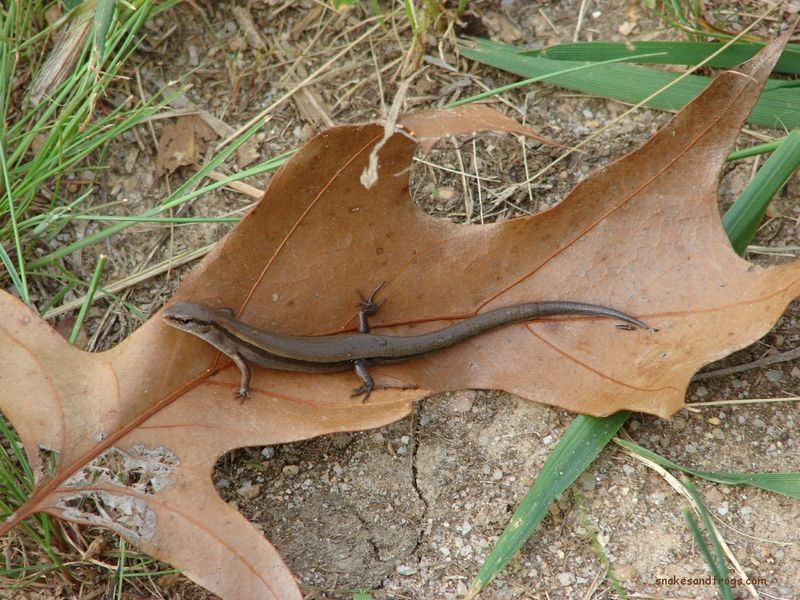
In the warm soil of Mississippi’s woodlands, the Ground Skink is a master of stealth. This small reptile, about three inches long, is often spotted slithering through the leaf litter, its bronze scales glistening in the light.
The Ground Skink is an elusive creature, spending most of its life hidden from view. Its diet consists of small insects, which it hunts with remarkable precision. This skink’s adaptation to ground living is evident in its streamlined body and swift movements. Its presence enriches Mississippi’s wildlife tapestry, showcasing the hidden wonders of small reptiles and their ecological significance.
15. Colorado Western Terrestrial Garter Snake
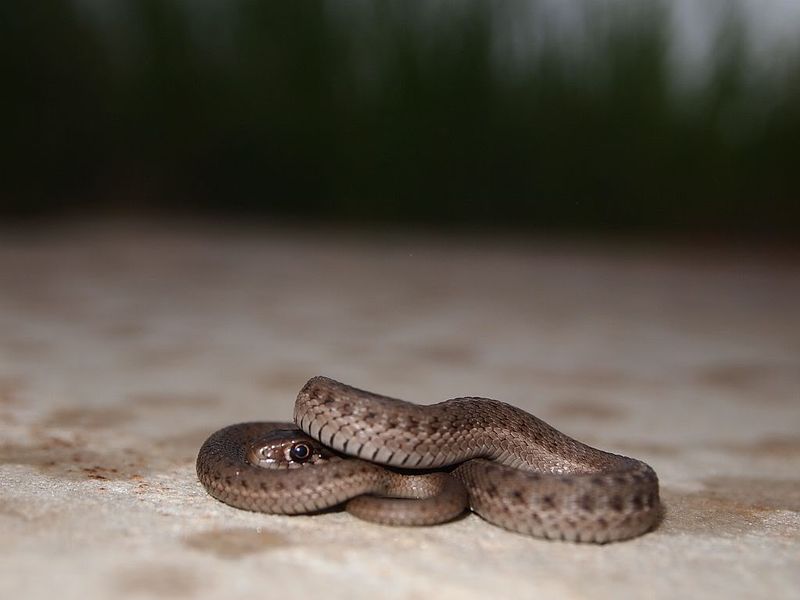
In the diverse landscapes of Colorado, the Western Terrestrial Garter Snake is a common sight. At approximately four inches long, this small snake is distinguished by its vibrant stripes running the length of its body. Found near water sources, it is an adept swimmer and hunter, preying on amphibians, fish, and invertebrates.
The Garter Snake’s adaptability to various environments makes it a resilient species. Despite its small size, it plays a crucial role in controlling pest populations. Its presence in Colorado’s ecosystems highlights the interconnectedness of species, with even the smallest snakes playing vital roles in ecological balance.
16. Maryland Eastern Worm Snake
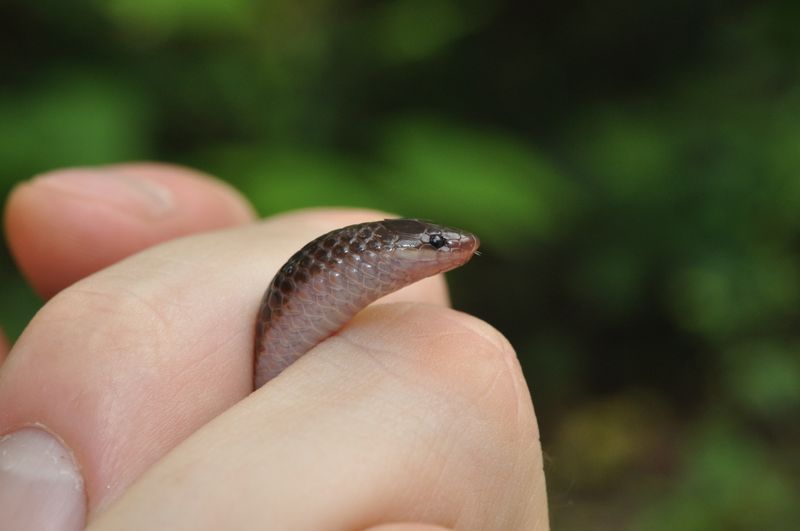
In Maryland’s rich forests, the Eastern Worm Snake is a hidden gem. This small snake, around 3.5 inches long, is often mistaken for an earthworm due to its slender, pinkish body. It spends most of its life underground, burrowing through the soil in search of worms and insects.
Its smooth scales and reduced eyes are adaptations to its subterranean lifestyle. The Eastern Worm Snake’s secretive nature makes it seldom seen, but it plays a vital role in aerating the soil and controlling invertebrate populations. Its presence in Maryland’s ecosystems underscores the importance of even the smallest creatures in maintaining ecological health.
17. South Carolina Common Snapping Turtle
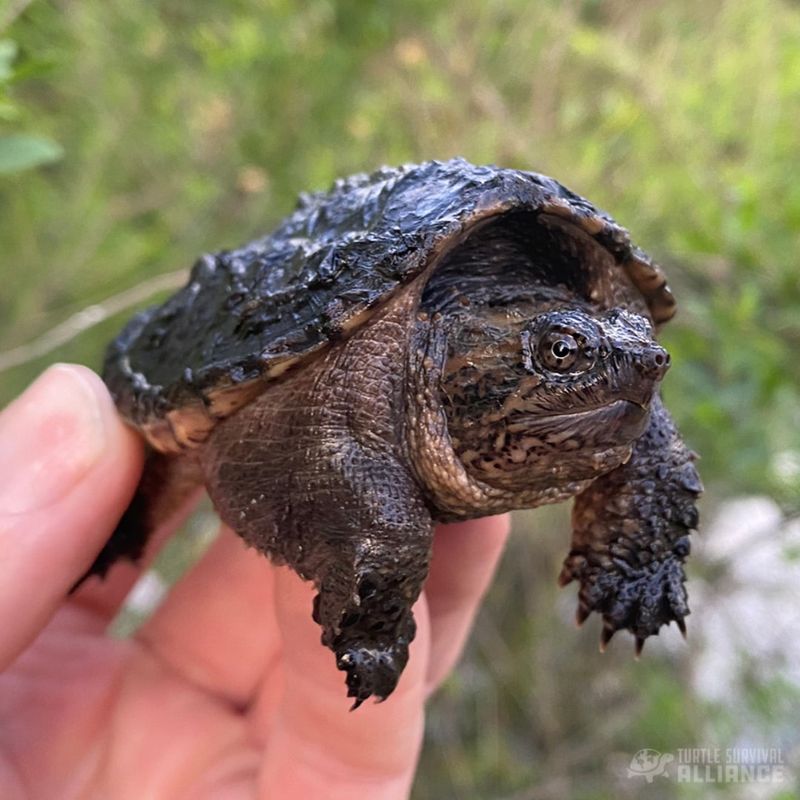
In the ponds of South Carolina, the Common Snapping Turtle is a force to be reckoned with. Though typically known for their large size, juveniles can be as small as four inches. These young turtles are equipped with rugged shells and powerful jaws, traits that foreshadow their formidable adult size. They are often seen basking on the surface of ponds, soaking in the sun.
Their diet is diverse, ranging from plants to small animals. The presence of snapping turtles in South Carolina’s wetlands is crucial for maintaining ecological balance, as they help control fish and invertebrate populations.
18. Michigan Eastern Milk Snake
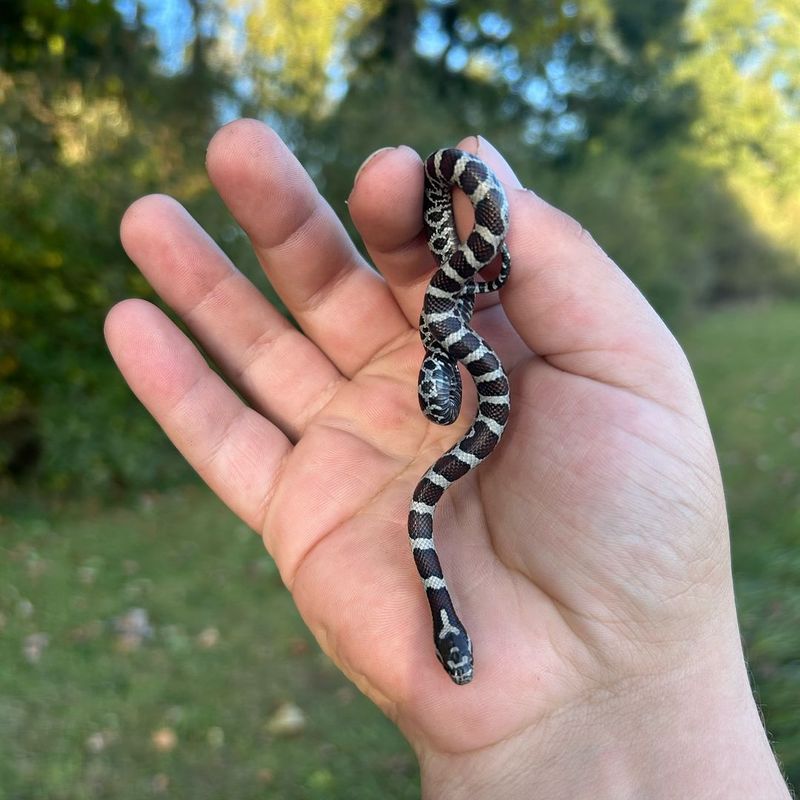
In the cool forests of Michigan, the Eastern Milk Snake is a small yet striking presence. Measuring about 3.5 inches as juveniles, these snakes are known for their beautiful banded pattern, which provides excellent camouflage among the fallen leaves.
They are often found coiled under logs or rocks, where they hunt for small rodents and insects. The Milk Snake’s name comes from myths about them milking cows, though their diet is purely carnivorous. Their adaptability to different habitats makes them a key species in Michigan, highlighting the important role small reptiles play in controlling pest populations and maintaining ecological balance.
19. Wisconsin Smooth Green Snake
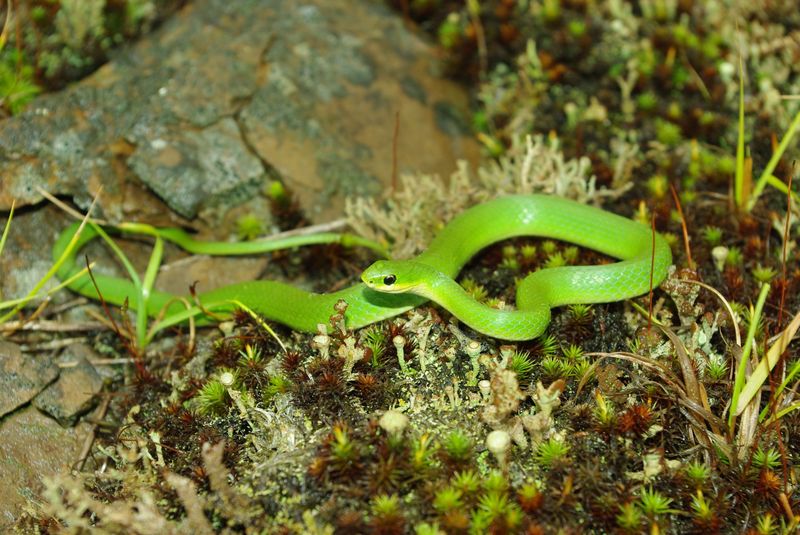
In the meadows of Wisconsin, the Smooth Green Snake is a vibrant flash of color. This small snake, measuring approximately four inches as juveniles, is easily recognized by its bright green scales, which blend seamlessly with the grasses.
The Smooth Green Snake is an insectivore, feasting on a variety of small insects that help maintain the ecological balance. Its presence is a testament to a healthy environment, as it relies on unpolluted habitats. The Smooth Green Snake’s non-aggressive nature and striking appearance make it a favorite among those lucky enough to spot it, embodying the serene beauty of Wisconsin’s natural landscapes.
20. Virginia Red Corn Snake
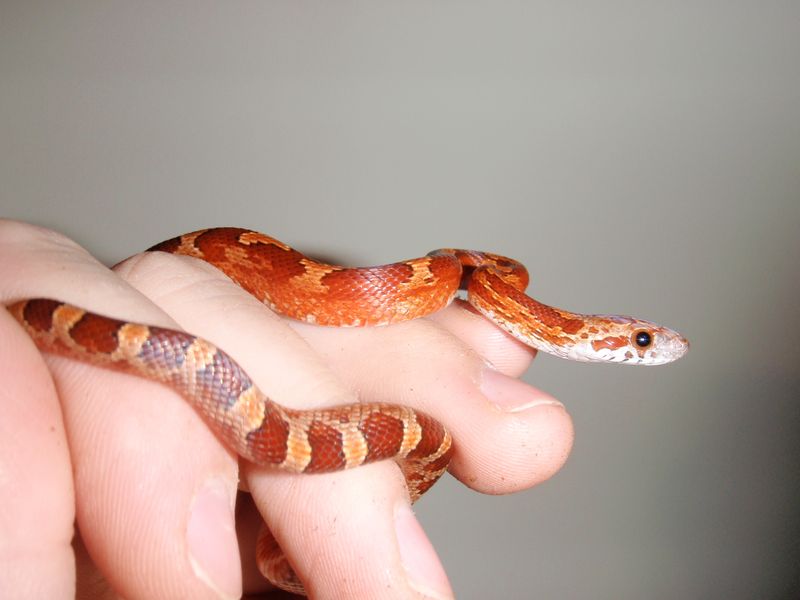
In Virginia’s dense forests, the Red Corn Snake makes a striking appearance. Even as juveniles, at about three inches long, their vibrant red and orange patterns stand out against the forest floor. Corn Snakes are adept climbers, often found in trees or burrowed underground.
Their diet consists mainly of small rodents and other vertebrates, which they constrict with surprising strength. These snakes are beneficial in controlling pest populations, highlighting their ecological importance. The Red Corn Snake’s adaptability to various environments makes it a resilient species, embodying the rich biodiversity of Virginia’s reptile community.
21. Arkansas Western Slender Glass Lizard
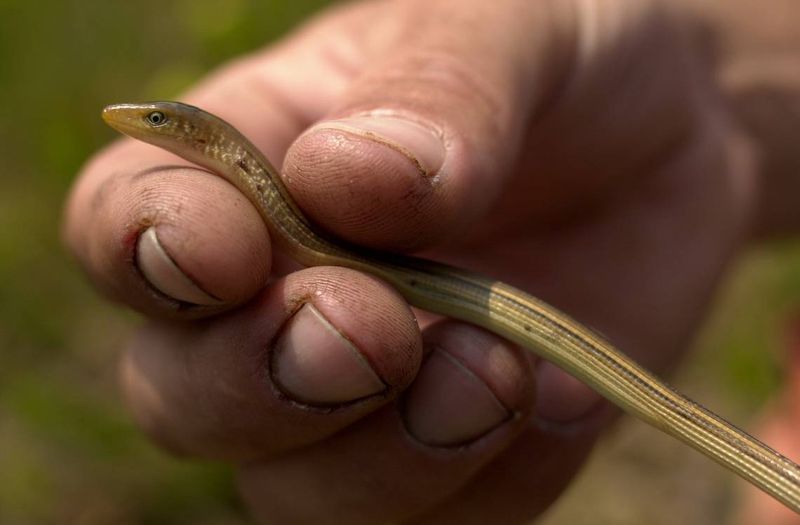
In the fields of Arkansas, the Western Slender Glass Lizard presents a curious sight. Despite its appearance, this creature is not a snake but a legless lizard, measuring around four inches in its juvenile phase. Its elongated body and shiny scales often lead to mistaken identities.
The Glass Lizard’s ability to detach its tail when threatened is a remarkable defense mechanism, allowing it to escape predators. It feeds on insects and other small invertebrates, playing a crucial role in maintaining ecological balance. The Western Slender Glass Lizard’s presence in Arkansas highlights the fascinating diversity of reptiles in the state.
22. North Carolina Eastern Box Turtle
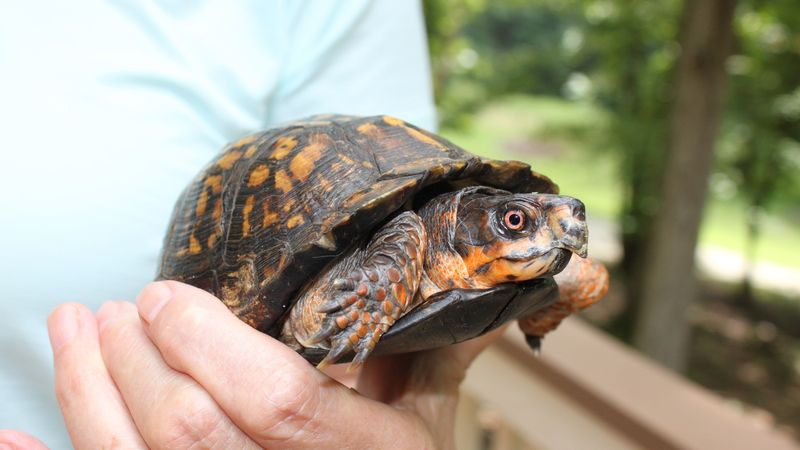
In North Carolina’s lush forests, the Eastern Box Turtle is a cherished resident. As juveniles, these turtles are around 3.5 inches long, characterized by their domed shell and bright markings. They are terrestrial creatures, often seen navigating through the underbrush in search of food.
Their diet is omnivorous, including plants, fruits, and small animals. The Eastern Box Turtle’s long lifespan and site fidelity make it an essential part of the forest ecosystem, contributing to seed dispersal and nutrient cycling. Its presence in North Carolina underscores the intricate relationships within the natural world and the importance of conservation.
23. Connecticut Redback Salamander
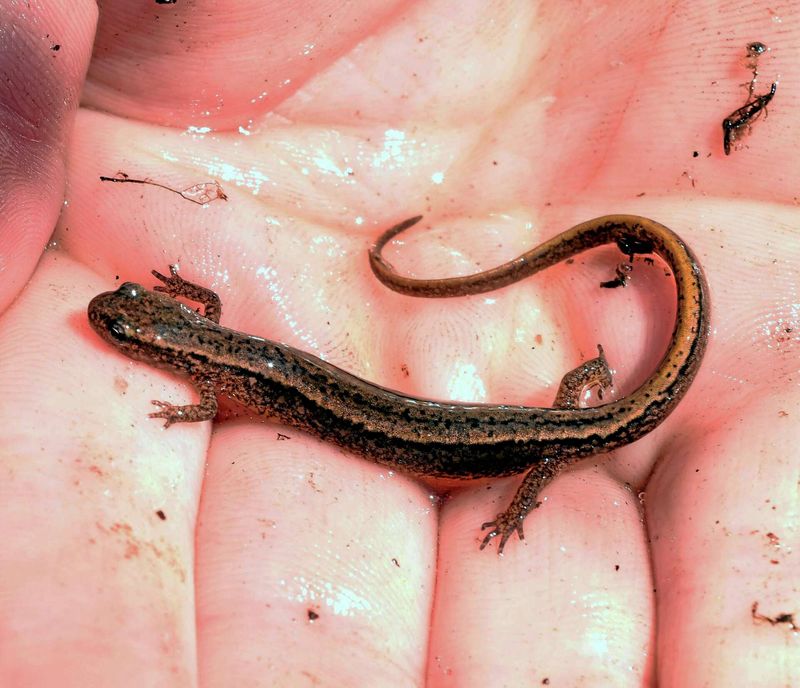
In the moist woodlands of Connecticut, the Redback Salamander is a vibrant presence. This small creature, about three inches long, is characterized by a bright red stripe down its back, a feature that aids in camouflage among the forest floor’s debris.
It is a lungless salamander, breathing through its skin, which requires a moist environment to survive. The Redback Salamander’s diet consists of small invertebrates, contributing to its role in controlling pest populations. Its presence in Connecticut’s forests highlights the importance of small amphibians in maintaining ecological balance, demonstrating the interconnectedness of all species within their habitats.
24. Rhode Island Four-toed Salamander
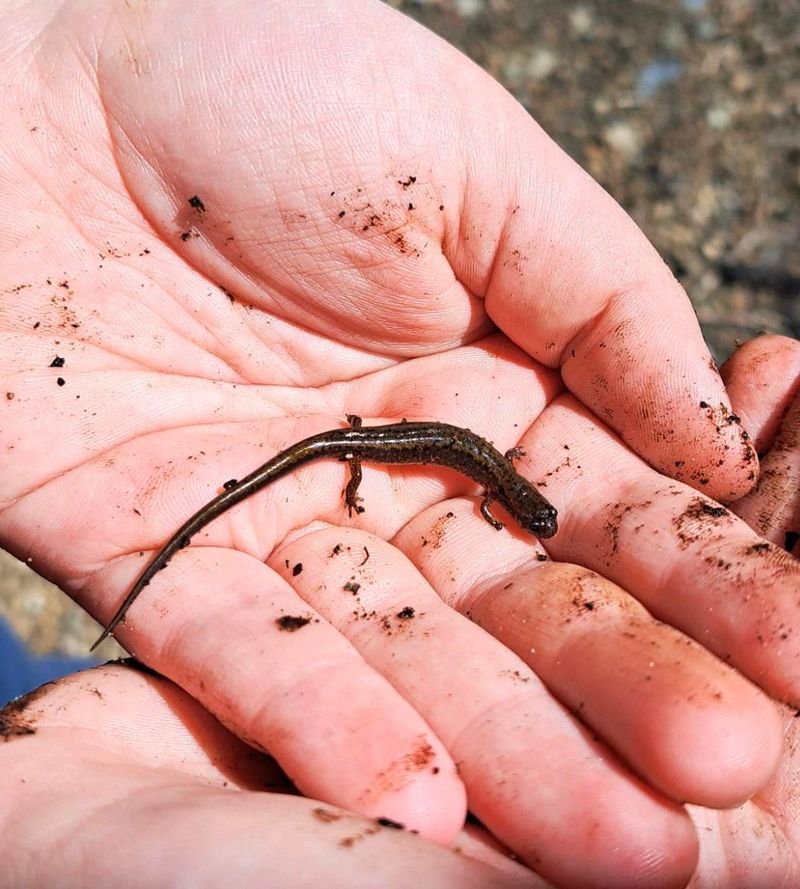
In Rhode Island’s damp forests, the Four-toed Salamander is a hidden treasure. Measuring around 2.5 inches, this small amphibian is distinguished by its unique four toes on each hind foot. Its coloration blends perfectly with the mossy forest floor, providing excellent camouflage.
The Four-toed Salamander is a secretive creature, often found under logs and in moist leaf litter. It feeds on small insects, playing a crucial role in maintaining the ecosystem’s balance. The presence of this salamander in Rhode Island’s woodlands underscores the importance of preserving natural habitats, ensuring the survival of even the smallest and seemingly insignificant creatures.
25. Alaska Wood Frog
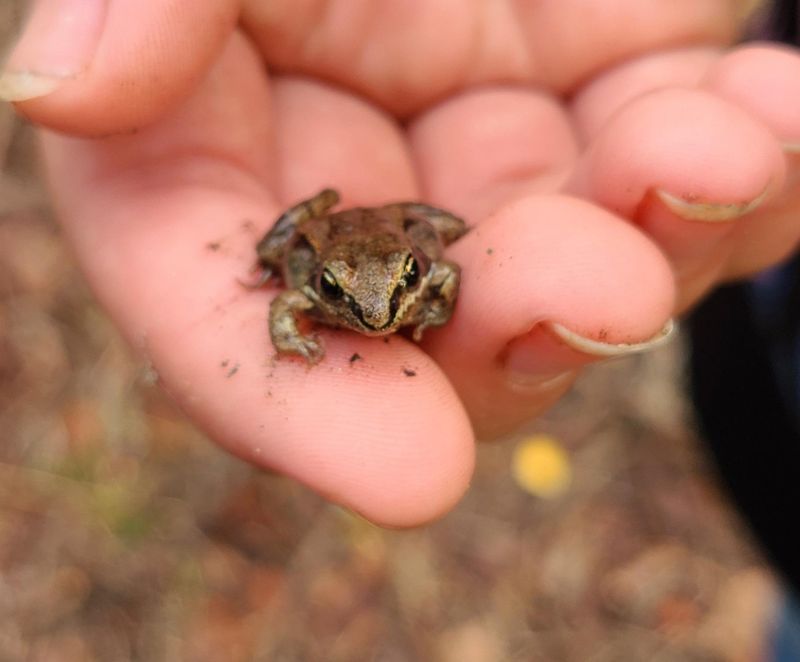
In the vast forests of Alaska, the Wood Frog is a remarkable survivor. This small amphibian, approximately three inches long, is known for its distinctive dark mask across the eyes. It is one of the few amphibians capable of surviving the harsh Alaskan winters, entering a state of suspended animation where it can actually freeze and then thaw in spring.
The Wood Frog’s breeding calls are a familiar sound in the spring thaw, as they gather in ponds to reproduce. Their presence in Alaska’s ecosystems highlights the resilience of amphibians and their ability to thrive in extreme environments.
26. Oklahoma Prairie Rattlesnake
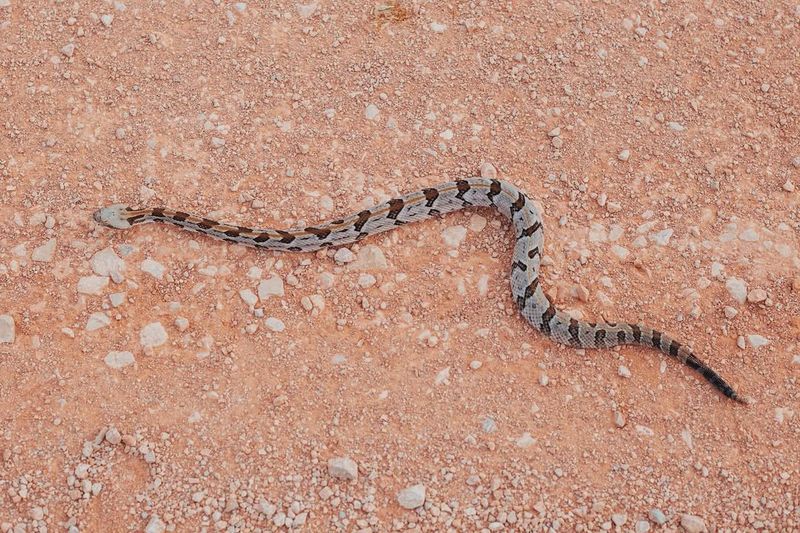
On the vast prairies of Oklahoma, the Prairie Rattlesnake commands attention. Even as juveniles, at approximately three inches long, their distinctive rattle and patterned scales make them recognizable. This small snake is an important predator in the prairie ecosystem, controlling rodent populations with precision.
Their venom, though small in quantity at this size, is potent enough to deter predators. The Prairie Rattlesnake’s adaptability to open grasslands and its role in maintaining ecological balance highlight the complexity of prairie ecosystems and the crucial role played by even the smallest and most misunderstood reptiles.
27. Kentucky Eastern Newt
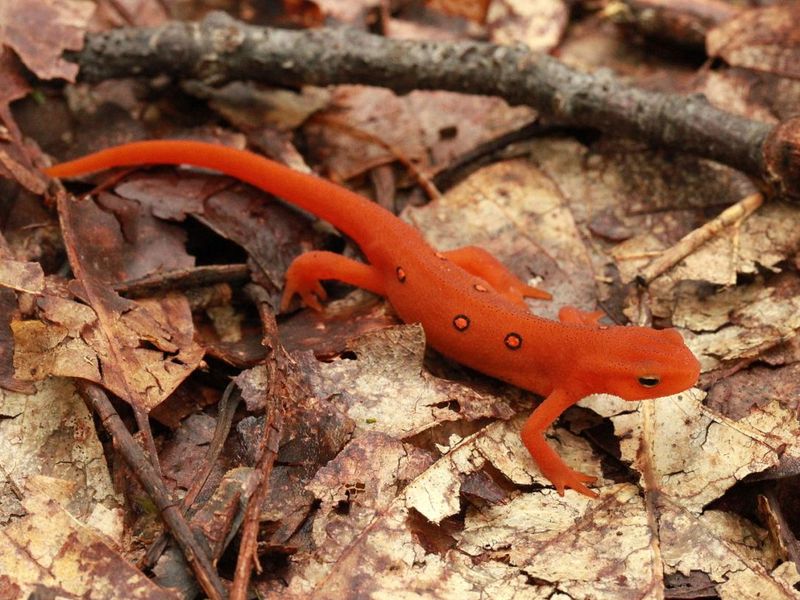
In the freshwater ponds of Kentucky, the Eastern Newt is a vibrant splash of color. As juveniles, these small amphibians measure about 2.5 inches and are known for their bright orange skin during the “eft” stage. They are semi-aquatic, spending time both in water and on land. Eastern Newts are vital in controlling mosquito larvae and other aquatic pests, serving as natural pest control agents.
Their bright coloration serves as a warning to predators about their toxic skin secretions. The presence of Eastern Newts in Kentucky’s waterways underscores the importance of amphibians in aquatic ecosystems, contributing to biodiversity and ecological health.
28. Oregon Rough-skinned Newt
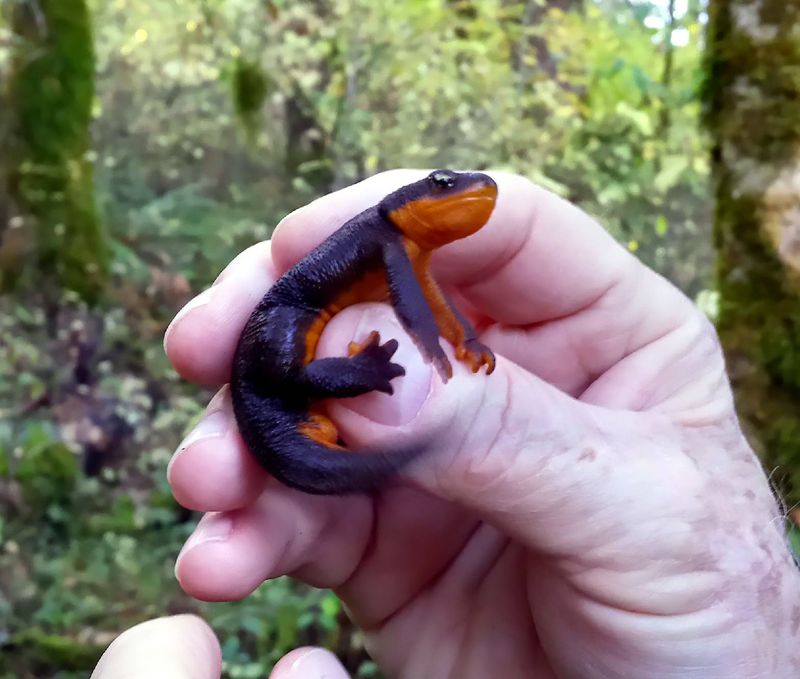
In the damp forests of Oregon, the Rough-skinned Newt is a small but significant resident. Measuring about three inches long, this amphibian is distinguished by its bumpy skin and bright underbelly, a warning sign of its potent toxins.
The Rough-skinned Newt is mainly terrestrial, often found crawling along the forest floor in search of food. It feeds on small invertebrates, playing a crucial role in controlling populations of forest pests. The newt’s presence in Oregon’s ecosystems is a reminder of the delicate balance in nature, with even the smallest creatures contributing to the health and diversity of their habitats.
29. Missouri Ozark Hellbender
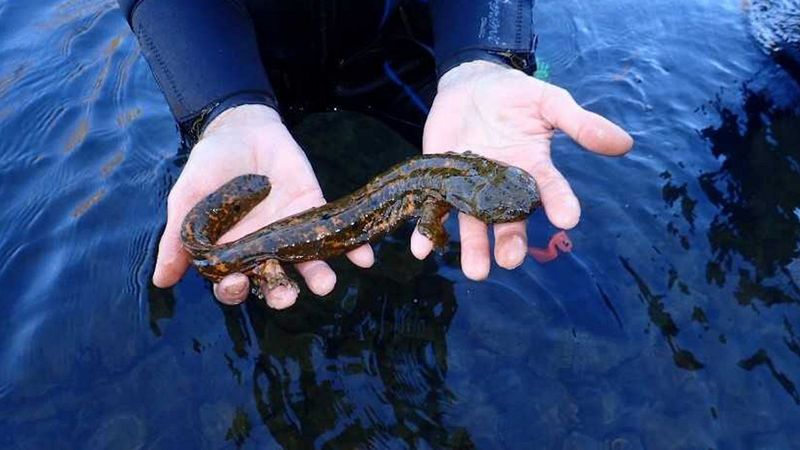
In Missouri’s clear, fast-flowing streams, the Ozark Hellbender is a unique amphibian. As juveniles, these small creatures measure about four inches long, characterized by their flattened bodies and wrinkled skin. They are fully aquatic, spending their lives hidden under rocks in cool, oxygen-rich waters.
The Hellbender feeds on crayfish and other small aquatic animals, contributing to the ecological balance of the stream. Its presence is an indicator of clean, healthy water. Conservation efforts are crucial for this species, as it faces habitat loss and pollution. The Ozark Hellbender’s survival highlights the importance of preserving natural waterways.
30. Vermont Spring Salamander
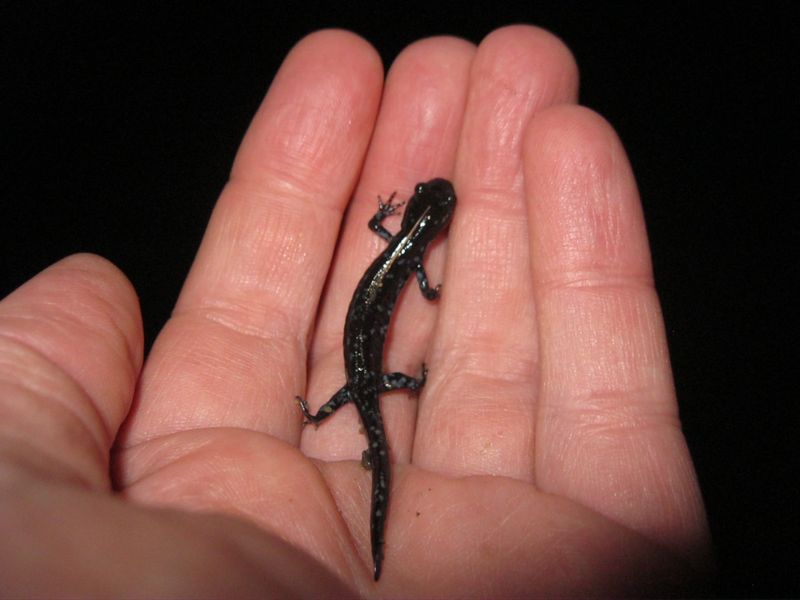
In Vermont’s clear mountain streams, the Spring Salamander is a delicate marvel. This small amphibian, measuring about three inches, is distinguished by its reddish hue and streamlined body. It is an indicator species, relying on clean, oxygen-rich water for survival.
The Spring Salamander’s presence is a sign of a healthy ecosystem, as it preys on small aquatic invertebrates, helping to control their populations. Its sensitivity to pollution makes it vulnerable, highlighting the need for conservation efforts. The Spring Salamander’s existence in Vermont is a testament to the pristine conditions of its habitats and the importance of environmental stewardship.
31. Illinois Eastern Tiger Salamander
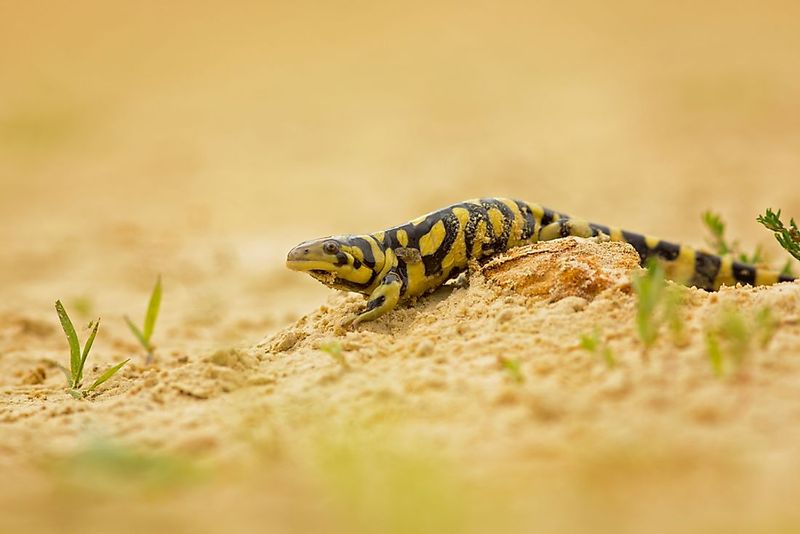
In Illinois’ damp woodlands, the Eastern Tiger Salamander is a striking presence. As juveniles, these salamanders measure about 3.5 inches and are easily recognized by their bold yellow and black stripes. They are predominantly terrestrial, often found crawling under leaf litter and logs.
The Tiger Salamander’s diet includes insects, worms, and small mollusks, making it an important player in controlling invertebrate populations. Its presence is crucial for the ecological health of woodland environments. Conservation efforts are necessary to protect its habitat from degradation and pollution, ensuring that the Eastern Tiger Salamander continues to thrive in Illinois’ ecosystems.
32. Iowa American Toad
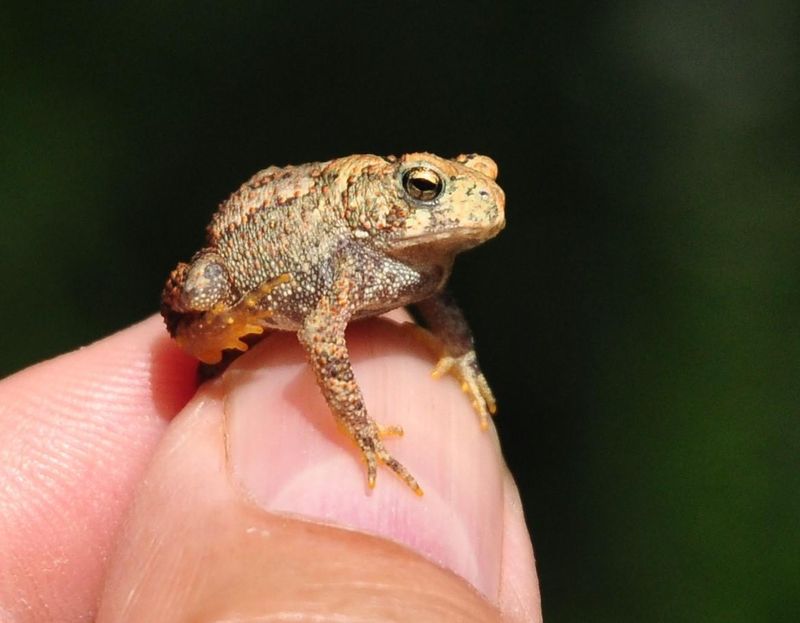
In the gardens and fields of Iowa, the American Toad is a familiar and cherished sight. This small amphibian, approximately three inches long, is characterized by its warty skin and hopping gait. It thrives in a variety of environments, from gardens to forests, where it plays a crucial role in controlling insect populations.
The American Toad’s diet consists of a wide range of invertebrates, making it an effective natural pest controller. Its presence is a sign of a healthy ecosystem, as it requires clean, unpolluted environments to breed. The American Toad’s resilience and adaptability underscore the importance of amphibians in maintaining ecological balance.
33. Minnesota Mudpuppy
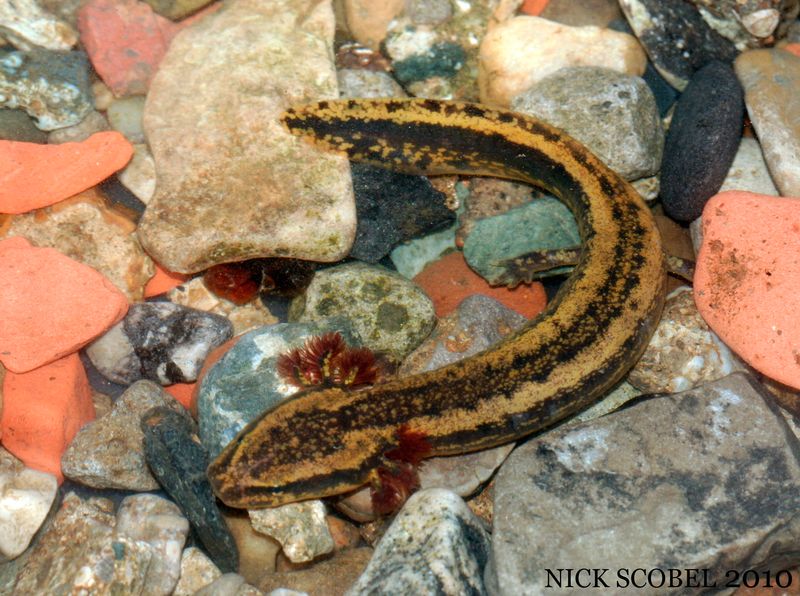
In Minnesota’s freshwater lakes, the Mudpuppy is an aquatic wonder. As juveniles, these creatures measure about four inches long and are notable for their bushy external gills, which allow them to breathe underwater.
The Mudpuppy is a fully aquatic salamander, spending its entire life submerged. It feeds on a variety of aquatic organisms, including insects, small fish, and crustaceans, playing a crucial role in maintaining the balance of aquatic ecosystems.
Its presence in Minnesota’s waters indicates healthy, oxygen-rich environments. Conservation efforts are vital to protect this species from habitat loss and pollution, ensuring the Mudpuppy’s continued existence in the region.
34. Indiana Spotted Salamander
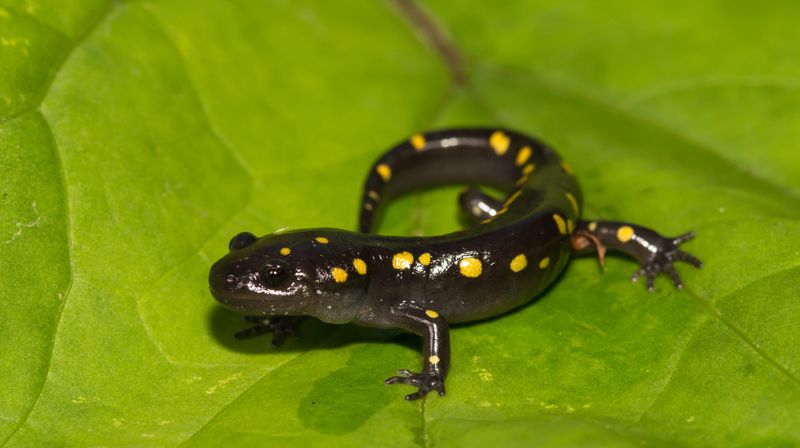
In Indiana’s moist woodlands, the Spotted Salamander is a vibrant presence. As juveniles, these salamanders measure about 3.5 inches long and are easily recognized by their striking yellow spots against a dark background.
They are often found under logs and leaf litter, where they hunt for insects and other small invertebrates. The Spotted Salamander’s lifecycle is closely tied to vernal pools, where they breed during the rainy season.
Their presence is crucial for maintaining the ecological balance of woodland environments, as they help control insect populations. Conservation efforts are important to protect their habitats from degradation, ensuring the Spotted Salamander’s survival in Indiana.
35. Maine Blue-spotted Salamander
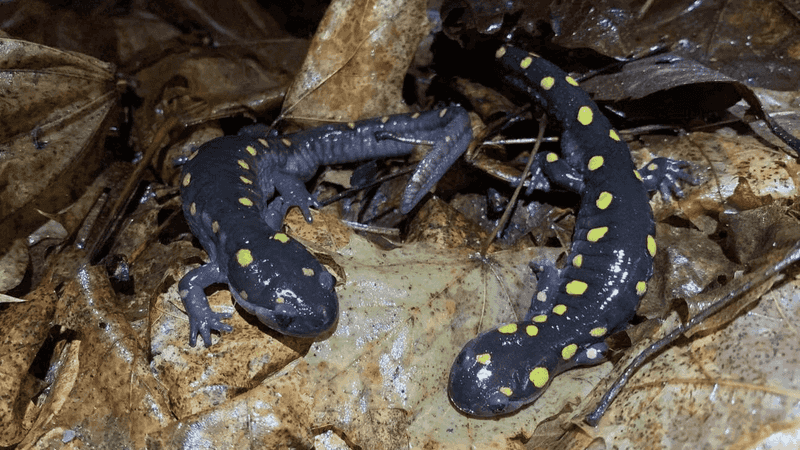
In the forests of Maine, the Blue-spotted Salamander is a hidden jewel. This small amphibian, around three inches long, is distinguished by its vibrant blue spots on a dark background. It is a secretive creature, often found hiding under logs, stones, and leaf litter.
The Blue-spotted Salamander’s diet consists mainly of insects and other small invertebrates, making it an important player in controlling pest populations.
Its presence is a sign of a healthy forest ecosystem, as it relies on clean, unpolluted environments. Conservation efforts are essential to protect its habitat, ensuring the survival of this beautiful and vital species in Maine’s woodlands.


